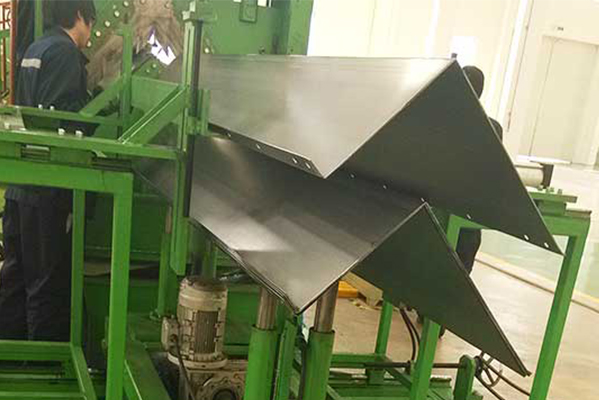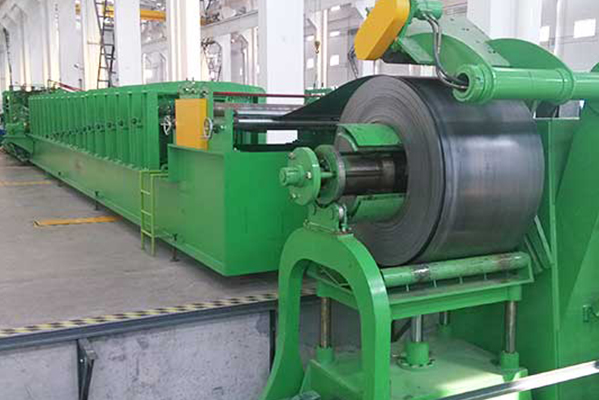Navigation Menu
Contact Us
- Email:
- info@wxavatar.com
- Address:
- Yurong Village, Yuqi Street, Huishan District, Wuxi, China.
Release Date:Apr 27, 2025 Visit:54 Source:Roll Forming Machine Factory
Steel roll forming is a continuous bending operation in which a long strip of sheet metal, typically coiled steel, is passed through sets of rolls mounted on consecutive stands. Each set of rolls incrementally bends the steel until the desired cross-sectional profile is achieved. This method is widely used for producing consistent, high-volume metal components with precise geometries.
Process Overview
The process begins with feeding a steel coil into a roll forming machine. As the strip advances, each rolling station performs a controlled deformation, gradually shaping the metal without altering its thickness significantly. The final stage often includes secondary operations such as punching, notching, or cutting to length, performed inline for production efficiency.

Roll forming machines are typically designed for continuous production. They can accommodate a wide range of steel grades, widths, and thicknesses, and are adjustable to produce various profiles such as channels, angles, or complex custom shapes.
Advantages of Steel Roll Forming
Steel roll forming offers notable production advantages:
Consistency: By using a continuous process, roll forming achieves uniformity in part dimensions and mechanical properties across long runs.
Efficiency: The automation and speed of roll forming make it well-suited for manufacturing large quantities of parts with minimal material waste.
Design Flexibility: Complex cross-sectional profiles can be produced without requiring multiple manufacturing steps.
Cost Control: For sufficiently large production volumes, roll forming can offer favorable cost structures compared to other shaping methods.
Common Applications
Steel roll-formed components are used across many industries. Typical applications include:
Structural sections for construction and infrastructure
Automotive parts such as bumpers and door frames
Enclosures and housings for electrical and industrial equipment
Shelving systems and storage solutions
Because the process is highly adaptable, manufacturers often customize roll forming lines to meet specific performance and dimensional requirements for different sectors.

Future Trends
Steel roll forming continues to evolve with advancements in automation, tooling technology, and material science. Modern roll forming systems increasingly integrate real-time monitoring and adaptive control, allowing for enhanced precision and quicker changeovers. There is also growing interest in roll forming high-strength steels and advanced alloys to meet the demand for lighter, stronger, and more durable components.
In addition, innovations in simulation software allow engineers to predict forming behavior more accurately during the design phase, reducing development times and improving part performance.